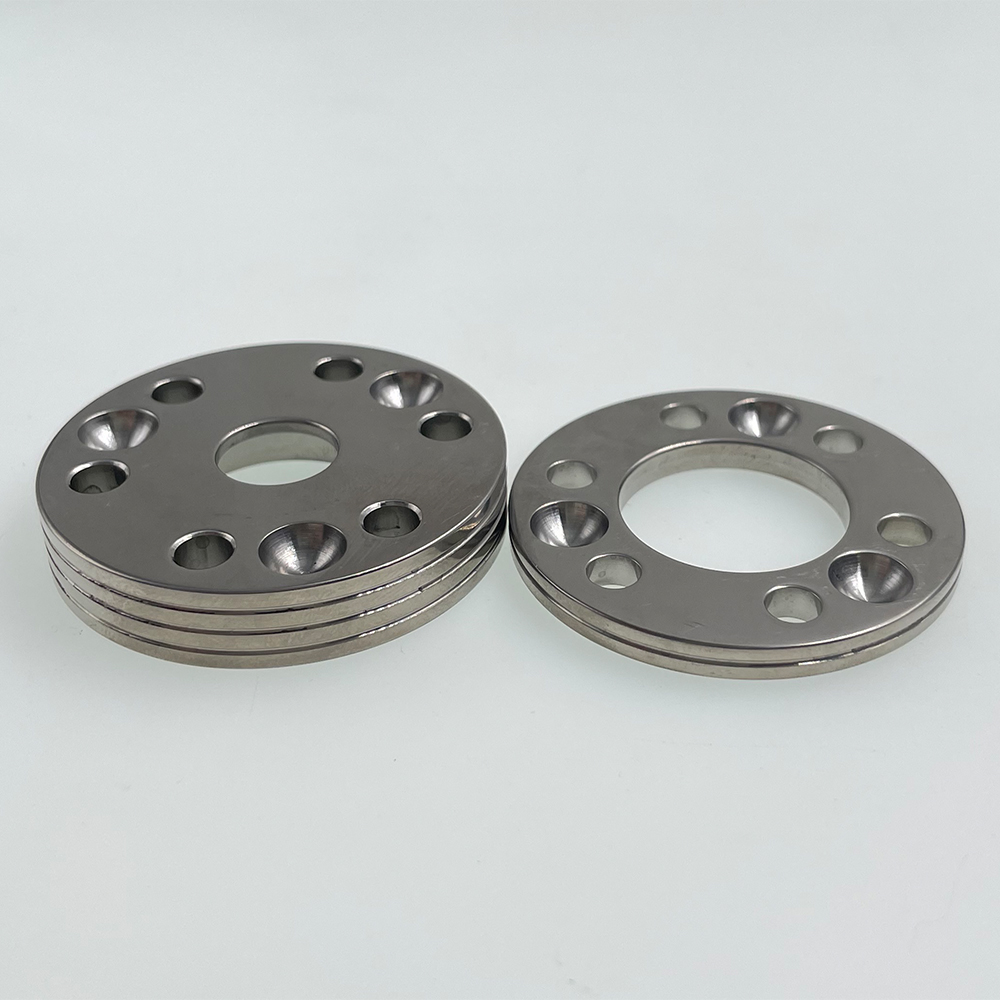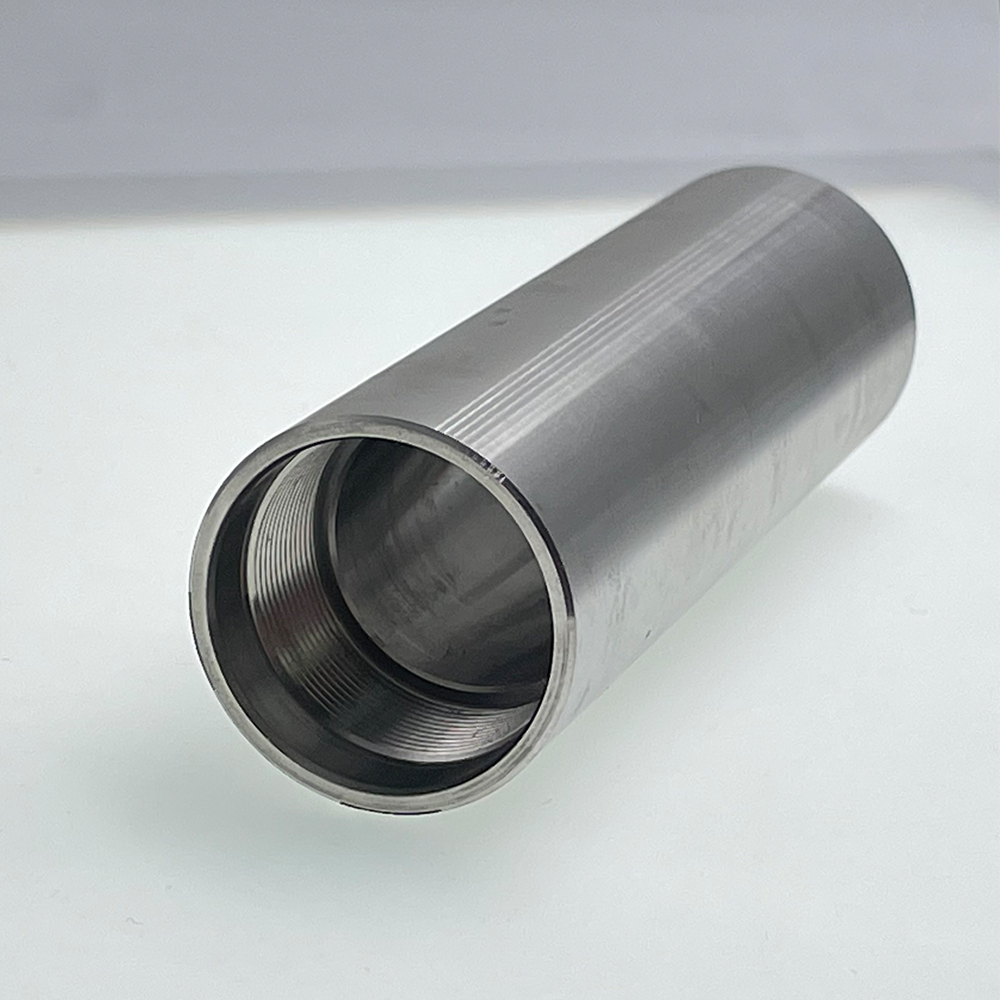What is the Difference Between C1018 and 1018 Steel?
 Jun 25,2024
Jun 25,2024

Steel is vital for modern manufacturing, used for its strength, durability, and wide use. C1018 and 1018 steel are popular choices. Knowing the differences between them matters for those who pick materials. This article explains the differences, including what they're made of, their traits, and how much carbon they have. It also talks about what they're used for, how they're made, and their heat treatment, welding, and machining. Plus, it mentions their cost and if they're easy to get.
Chemical Composition
The primary difference in chemical composition lies in the precision and control during the manufacturing process. This affects the performance of the steel. It also influences the consistency of the steel.
1018 Steel Chemical Composition
1018 steel, also known simply as 1018, is a low-carbon steel alloy with a typical composition that includes:
|
Element |
Composition Range |
|
Carbon |
0.15% - 0.20% |
|
Manganese |
0.60% - 0.90% |
|
Phosphorus |
0.04% (maximum) |
|
Sulfur |
0.05% (maximum) |
C1018 Steel Chemical Composition
C1018 steel is essentially the same as 1018 steel but is more tightly controlled in its chemical composition. The "C" prefix indicates that it is cold drawn, resulting in enhanced mechanical properties and precision. The composition includes:
|
Element |
Composition Range |
|
Carbon |
0.15% - 0.20% |
|
Manganese |
0.60% - 0.90% |
|
Phosphorus |
0.04% (maximum) |
|
Sulfur |
0.05% (maximum) |
Mechanical Properties
The cold drawing process results in a finer grain structure. This enhances the material's strength and hardness. However, it slightly reduces its ductility.
1018 Steel Mechanical Properties
1018 steel is known for its good balance of strength, ductility, and toughness. The typical mechanical properties of 1018 steel are:
|
Property |
Value |
|
Tensile Strength |
440 MPa (64,000 psi) |
|
Yield Strength |
370 MPa (53,700 psi) |
|
Elongation |
15% in 50 mm |
|
Hardness |
71 HRB |
C1018 Steel Mechanical Properties
C1018 steel, due to the cold drawing process, has enhanced mechanical properties compared to standard 1018 steel. The cold drawing process increases its strength and hardness. Typical properties include:
|
Property |
Value |
|
Tensile Strength |
485 MPa (70,300 psi) |
|
Yield Strength |
375 MPa (54,400 psi) |
|
Elongation |
12% in 50 mm |
|
Hardness |
95 HRB |
Applications
The choice between 1018 and C1018 steel often depends on the specific requirements of the application. Factors include the need for higher strength, tighter tolerances, or specific mechanical properties.

1018 Steel Applications
1018 steel is widely used in a variety of applications due to its balanced mechanical properties and ease of fabrication. Common applications include shafts and spindles. It is also used for machine parts and automotive components. Additionally, it is used for structural components, fasteners, and gears.
C1018 Steel Applications
C1018 steel, with its enhanced mechanical properties and precision, is used in applications requiring higher strength. It is also used where tighter tolerances are needed. Common applications include:Precision components,High-strength shafts,Bearings,Hydraulic parts,Tools and dies.
Manufacturing Processes
C1018 steel undergoes cold drawing after hot rolling. 1018 steel is produced through hot rolling.
1018 Steel Manufacturing Processes
1018 steel is typically produced through the hot rolling process, where the steel is heated and then passed through rollers to achieve the desired shape and size. This process results in a relatively low-cost product with good mechanical properties.
C1018 Steel Manufacturing Processes
C1018 steel undergoes an additional cold drawing process after hot rolling. In cold drawing, the steel is drawn through a die to achieve more precise dimensions and improved surface finish. This process enhances the mechanical properties of the steel, making it stronger and harder than standard 1018 steel. However, it also increases the cost due to the additional processing steps.

Heat Treatment
Both C1018 and 1018 steel can be heat treated through annealing, normalizing, and case hardening to improve their properties.
1018 Steel Heat Treatment
1018 steel can be heat treated to further improve its mechanical properties. Common heat treatment processes for 1018 steel include annealing, normalizing, and case hardening.
Annealing
Softens the steel, improves machinability, and relieves internal stresses.
Normalizing
Refines the grain structure and enhances mechanical properties.
Case Hardening
Increases surface hardness while maintaining a tough core, making it ideal for wear-resistant applications.
C1018 Steel Heat Treatment
C1018 steel can also be heat treated, with similar processes to 1018 steel. The cold drawing process already provides some degree of hardening. Therefore, additional heat treatment may not always be necessary. However, if required, C1018 steel can undergo annealing. It can also undergo normalizing and case hardening to further enhance its properties.
Weldability
Both C1018 and 1018 steel have excellent weldability, suitable for MIG, TIG, and arc welding without preheating.
1018 Steel Weldability
1018 steel has excellent weldability due to its low carbon content. It can be easily welded using common welding techniques such as MIG, TIG, and arc welding. Preheating is generally not required, but it can be beneficial for thicker sections to prevent cracking.
C1018 Steel Weldability
C1018 steel also exhibits excellent weldability, similar to 1018 steel. The cold drawing process does not negatively impact its weldability, making it suitable for various welding applications. Preheating is not typically necessary, but may be used for thicker sections or to ensure optimal weld quality.
Machinability
C1018 steel has superior machinability due to cold drawing, while 1018 steel also machines well with minimal tool wear.
1018 Steel Machinability
1018 steel is known for its good machinability. This makes it a popular choice for manufacturing processes that involve cutting, drilling, and milling. Its low carbon content allows for smooth machining. The balanced mechanical properties also contribute to minimal tool wear.
C1018 Steel Machinability
C1018 steel has improved machinability due to its cold drawing process. The enhanced mechanical properties and surface finish make it easier to machine with high precision. It also experiences minimal tool wear. This makes C1018 steel ideal for applications that require tight tolerances. It is also suitable for applications needing fine finishes.
Cost
C1018 steel is more expensive due to cold drawing. 1018 steel is more affordable, produced via hot rolling.
1018 Steel Cost
1018 steel is relatively low-cost. This makes it an economical choice for a wide range of applications. The hot rolling process used to produce 1018 steel is less expensive compared to cold drawing. This contributes to its affordability.
C1018 Steel Cost
C1018 steel is more expensive than standard 1018 steel due to the additional cold drawing process. The improved mechanical properties and precision offered by C1018 steel justify the higher cost. This is particularly true for applications that require these enhanced characteristics.
Availability
Both C1018 and 1018 steel are widely available from most steel suppliers in various forms.
1018 Steel Availability
1018 steel is widely available and can be easily sourced from steel suppliers. Its popularity and widespread use in various industries ensure a steady supply. It is available in different forms such as bars, rods, and sheets.
C1018 Steel Availability
C1018 steel is also readily available. However, it may be less common than standard 1018 steel due to the additional processing steps required. However, it can still be sourced from most steel suppliers. It is available in various forms to meet specific application needs.
How Can Tuofa Help you Customize Stainless Steel Parts?
At Tuofa China, we pride ourselves on offering customized CNC machining services tailored to your precise needs. As you consider the choice between 1018 and C1018 steel for your projects, remember that each has its own distinct advantages.
You, our valued customer, can rely on our expertise to guide you through the selection process. Whether you need the versatility and cost-effectiveness of 1018 steel or the enhanced strength and precision of C1018, our team is here to ensure you get the right material for your application.
At Tuofa, we understand that the intricacies of material selection can be complex. That's why we offer a comprehensive consultation to clarify the differences in chemical composition, mechanical properties, carbon content, and more. Our goal is to empower you with the knowledge needed to make an informed decision that aligns with your project's specific requirements.
Our commitment to you doesn't end with material selection. We accompany you through the entire manufacturing process, from design and prototyping to final production. Our state-of-the-art facilities and skilled engineers ensure that your parts meet the highest standards of quality and precision.
As technology advances and new applications emerge, you can trust Tuofa to stay at the forefront, utilizing both traditional and innovative techniques to deliver exceptional CNC machined parts. We are here to support you every step of the way, contributing to the success of your projects and the realization of your visions.
Should you have any questions or need assistance, please don't hesitate to reach out to us. We are always ready to discuss your needs and provide the support you deserve. Your satisfaction is our top priority, and we look forward to being a part of your manufacturing journey.
Thank you for choosing Tuofa for your CNC machining needs. We are excited to work with you and bring your ideas to life.
 Tel/WeChat:
Tel/WeChat:  Email:
Email: 
 Home
Home
 What is the Difference Between 1008 vs 1018 Steel?
What is the Difference Between 1008 vs 1018 Steel? 







